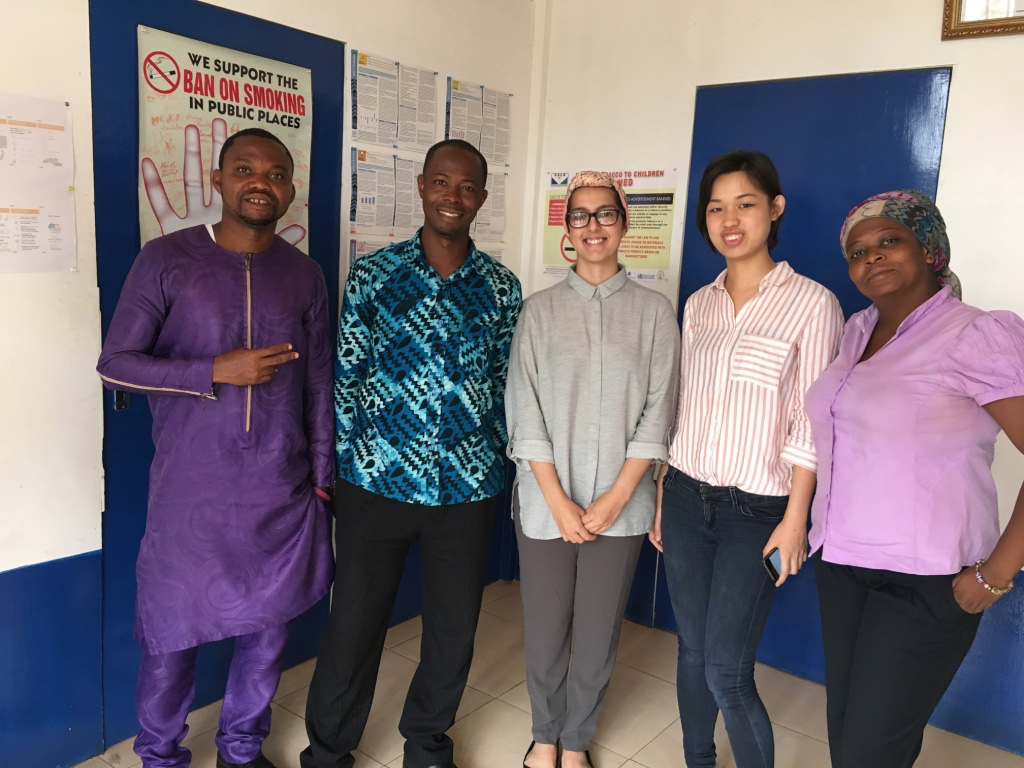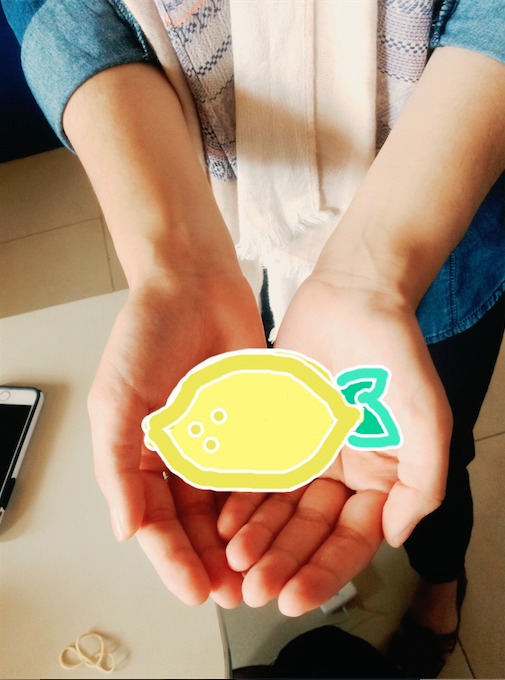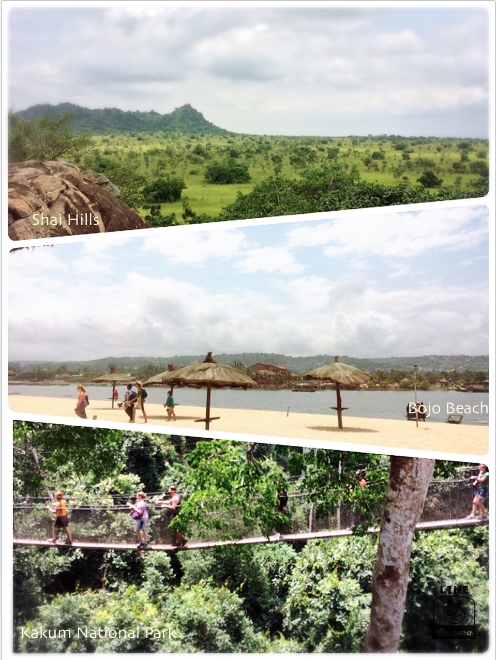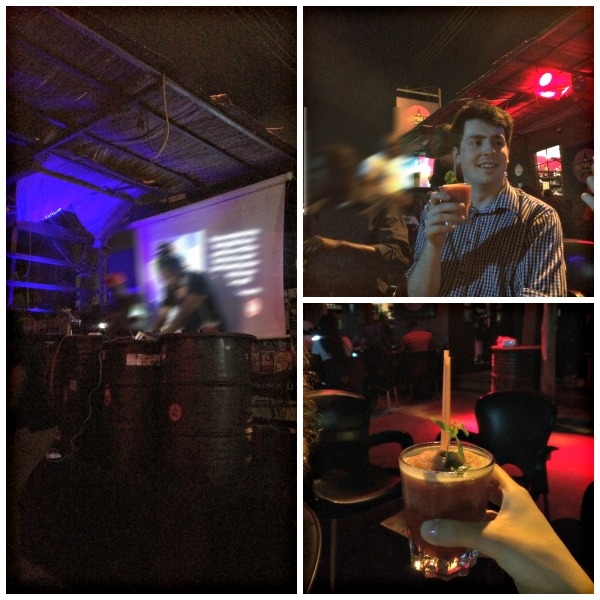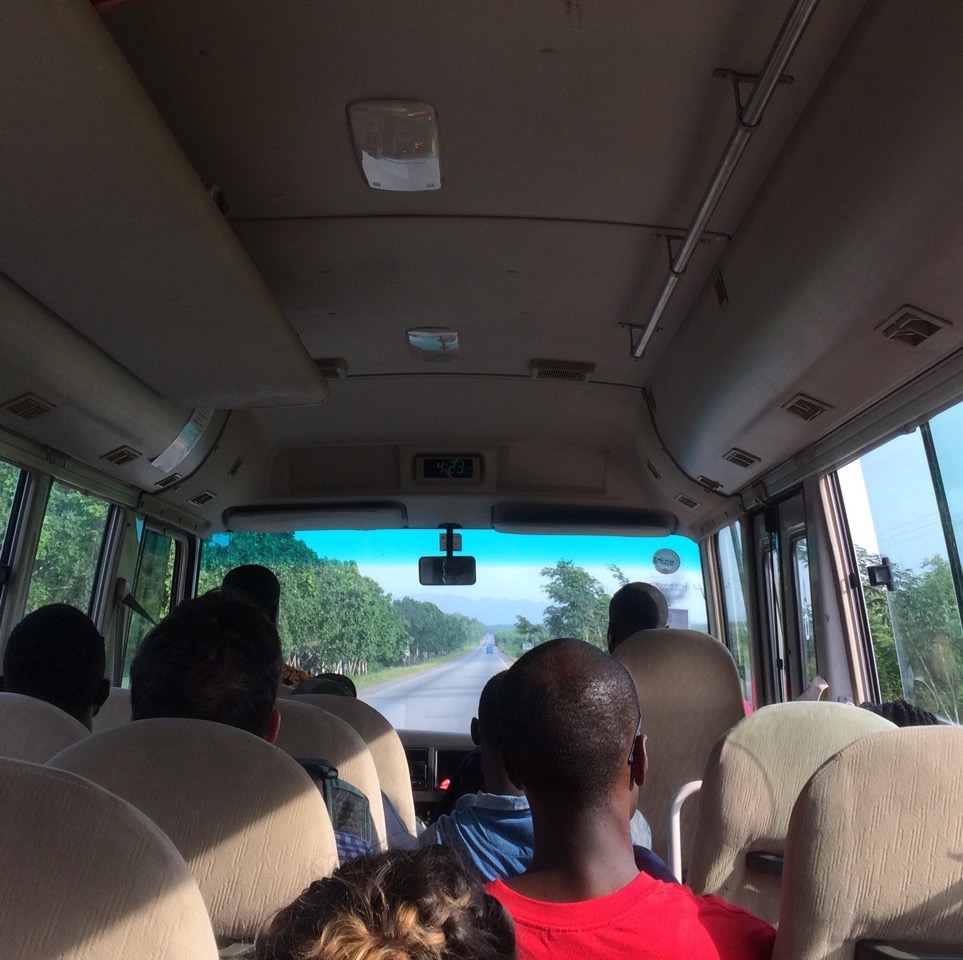I’m not kidding you when I say the nature of this summer programme underwent a metamorphosis. (Note: This programme is brand new this year) When I applied for this summer programme, the title of the offer says “internship in Ghana” and it says it’ll relate to tropical diseases and maybe some public health work. Upon acceptance into the programme, I found out we were going to get some classes. We were also told that this placement that was tailored based on what we wished to do. A few days before leaving, we received the list of placements that we were going to do and most of us got something other than what we expected. In the end, I had a lot of lectures, coursework and a placement at an NGO that advocates for road safety, tobacco control and drinking awareness.
My placement saga goes as follow: In the first placement, I was supposed to be doing laboratory work. It turned out that I had to rely on the kindness of my supervisors’ fellow researchers to actually get any lab work, even though it was cleaning Petri dishes for the first half of it (re: half a day). Nonetheless, thank you Vaida and Felicia for taking care of me (and Maria). In our later and “permanent” placement, we got to meet students from different schools in Accra, even the schools in Nima, the most impoverished area of Accra. We also had our office time, which means we sat around with little to do most of the time. This is most probably because it was their first time having an intern from Boston and Lancaster University and they hadn’t fully agreed on the extend of the responsibilities they could give to the students.
I don’t usually feel like I’m a lucky person, but this time I’d say I am. The people that I met in my placement are truly inspiring. On top of a furniture shop, sits VALD, Vision for Alternative Development, an NGO filled with people who believe in the cause they are fighting for and are willing to do the hard work. They also gave me a rare opportunity to teach in the schools; not any school, but the schools in the rough area of town and being inspire by the passion of the students and the teachers for education in the schools we visited. I even received a lot of support from them for teaching and they corrected me if necessary. Thank you Salomon, Hajarah, Labram and Bright for making us feel so welcomed and embracing us as a part of the VALD family.
This might sound like a cliché, but I do feel really lucky that I got to meet new people through this programme. I’m not the most outgoing person, so I consider myself very lucky to meet and be roomed with Lisa (my karaoke partner and beach buddy :p ). I felt that lucky to meet her to the point where we (and Maria and Hanna) caused quite a scene when we parted at the airport (silly Lisa chose a flight after most of us left so we had to bid farewell when I was leaving Ghana).
As a realist who experienced parting with friends by thousands of miles, I know how hard it would be to stay in touch with someone, especially someone who you had only known them briefly. Even better, we are both really awkward at Skyping or Face-timing or whatever – technology doesn’t always erase the distance, actually it never does. Thankfully, being the two peas in a pod we are, we vowed to each other to stay in touch and that she would go to the UK for Easter break. And you know what, even with the eleven hours difference (West Indonesian time), we still message each other everyday (yay!). It was really nice to meet all of them, other special mentions to Jenny and Amber; I hope you’re all doing great! And the buddies from Lancaster Uni Ghana, thank you for taking care of us, Diane, Nana, JFK, Akua, Angela and Big John!
All in all, it wasn’t always sunshine and happiness, or to follow the earlier analogy that I used, it wasn’t always the ‘happy-go-lucky caterpillar stage’. But fortunately for me, at the end of the trip, I gained a lot from these unexpected things that I got. I thought I was going to work at a lab, which is quite familiar for me, but instead I got to encounter people who have very different backgrounds from mine. I thought I was just going to room with my best friend from the UK and I wouldn’t be able to share a toilet with a stranger, but I got an additional roomie, who turned out to be my new best friend. Like in Pokemon Go, your unexpectedly ugly Metapod will be an unexpectedly badass Butterfree (in a less nerdy way: it was worth it)!
This trip was supported by Santander.
